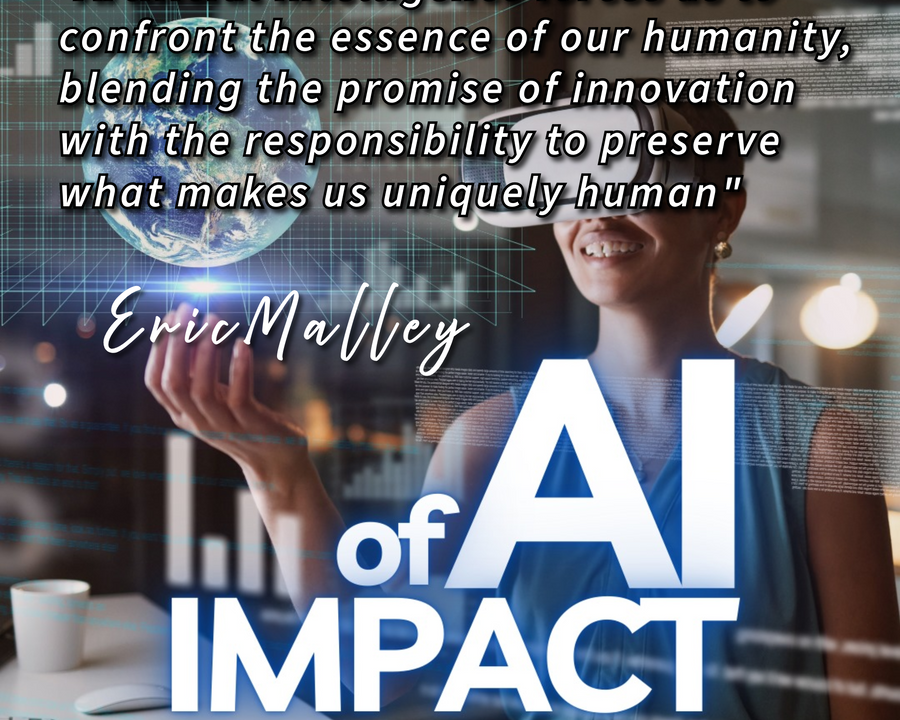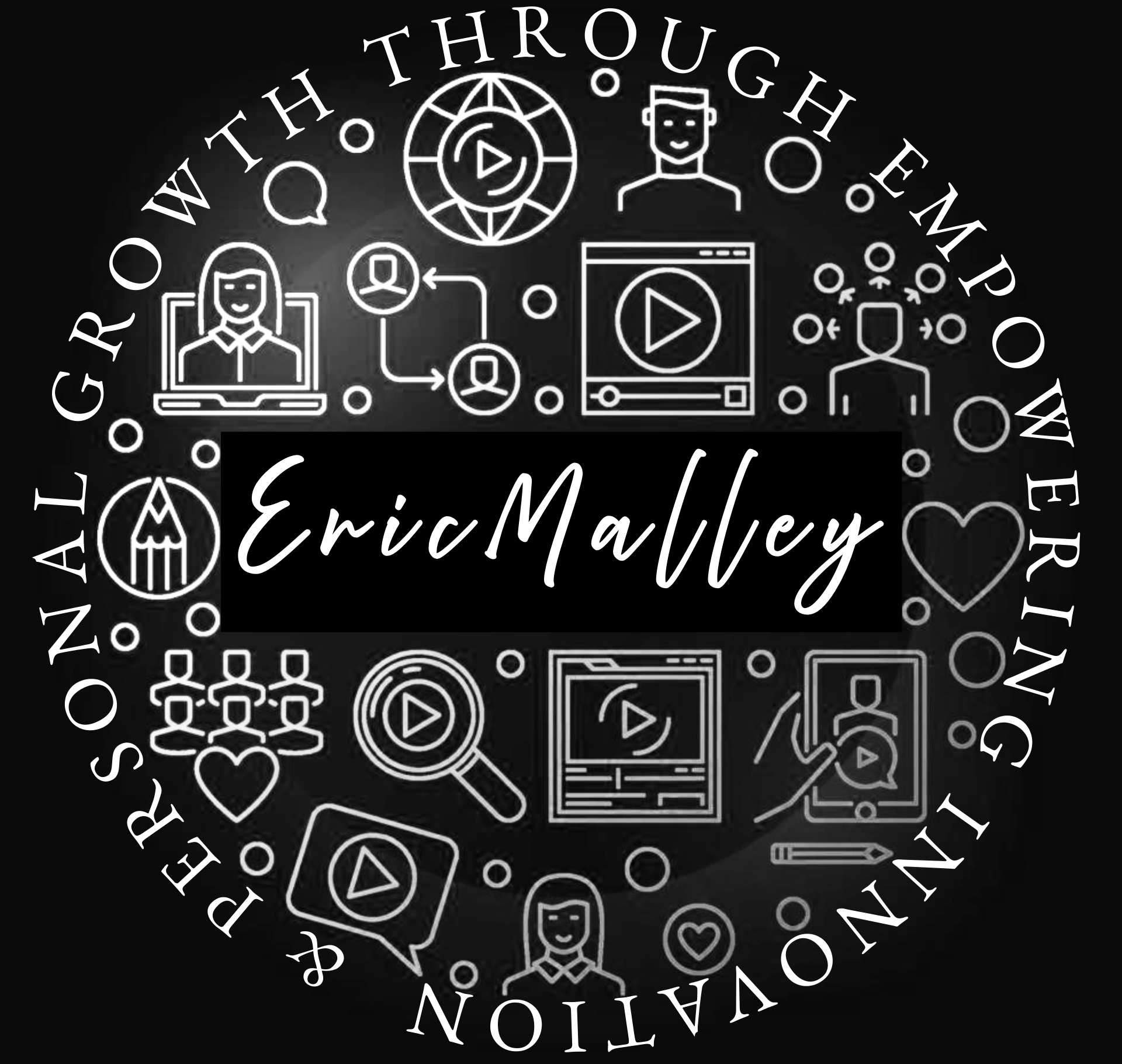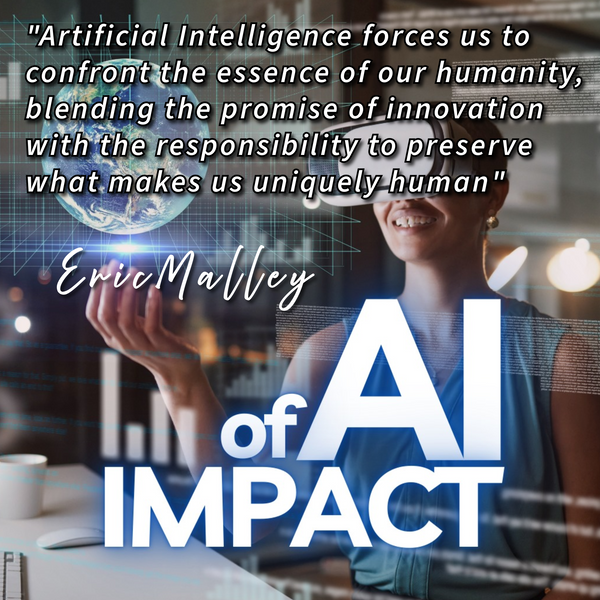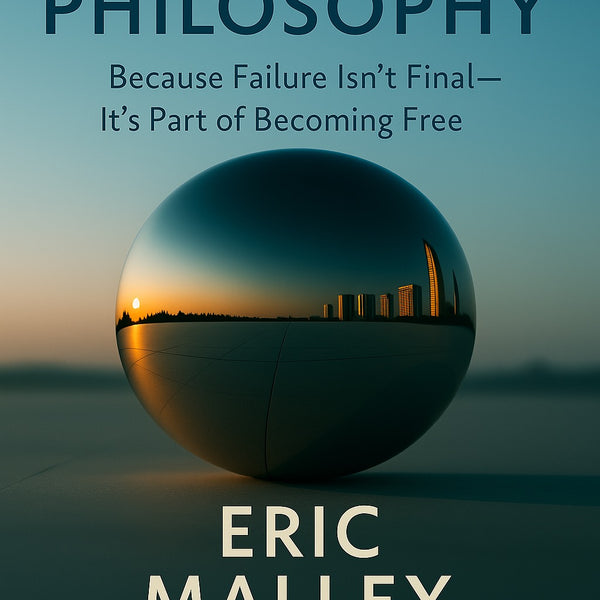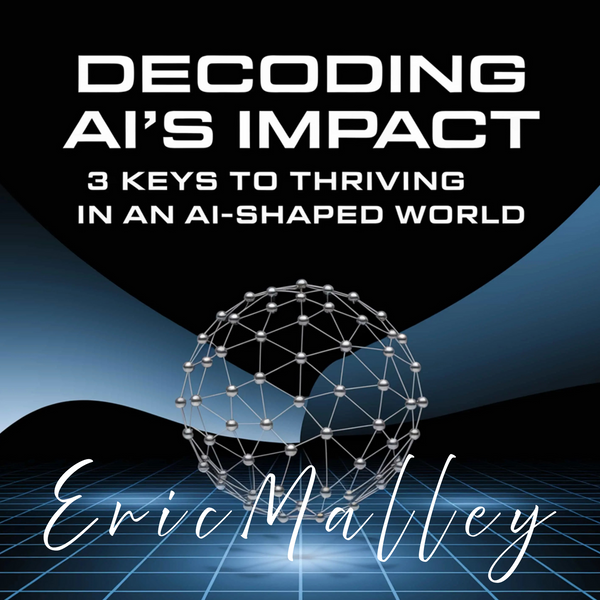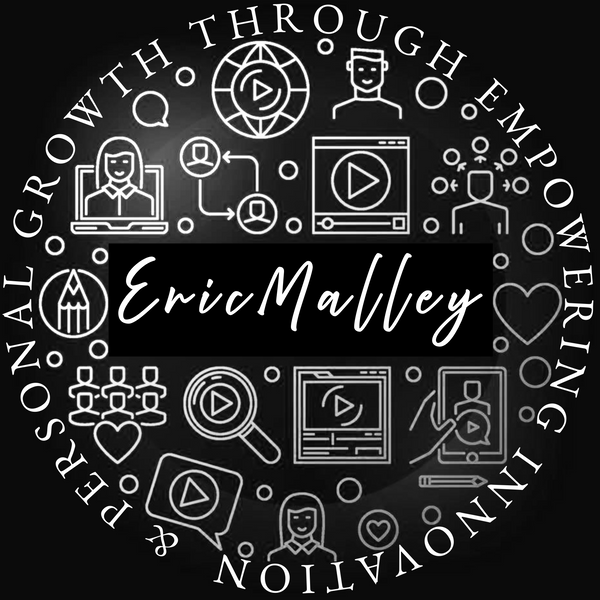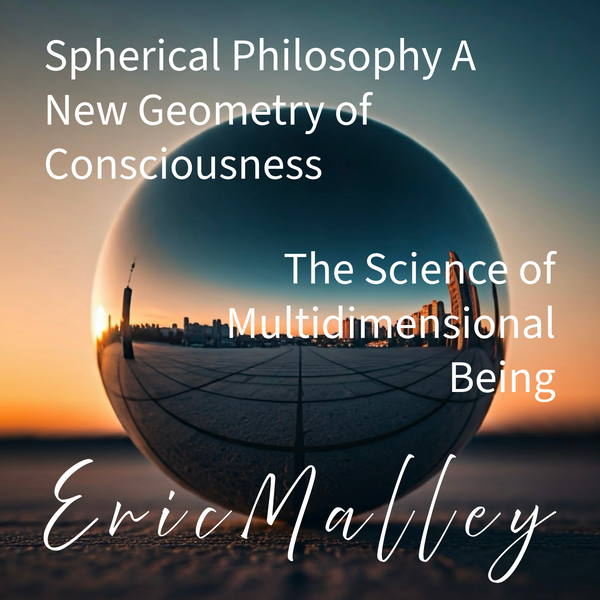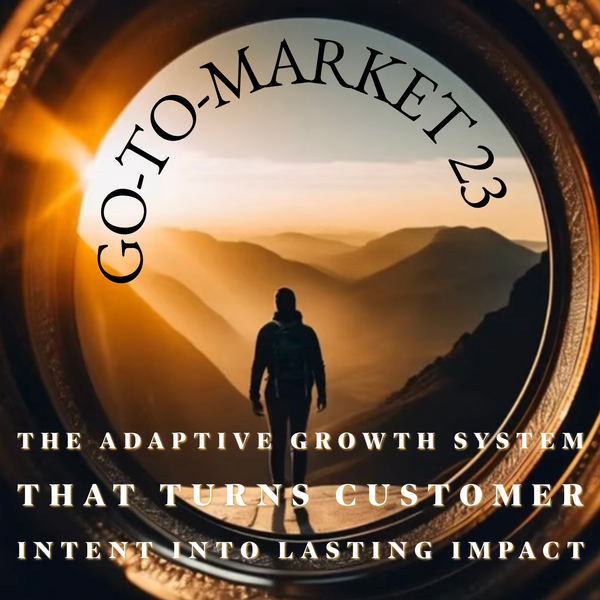Eric Malley on Apple's Dual AI Strategy: Spherical GTM Thinking and the Future of Go-to-Market Excellence
Apple's artificial intelligence strategy represents one of the most fascinating case studies in modern go-to-market complexity. The company simultaneously develops Apple Intelligence its privacy-first, on-device AI framework while deepening strategic partnerships with OpenAI's ChatGPT and exploring collaborations with Perplexity AI. This multifaceted approach isn't a sign of strategic confusion; it's a masterclass in what I call spherical GTM thinking, where organizations navigate multiple dimensions of market opportunity simultaneously.
This dual strategy creates profound implications for how we understand and implement go-to-market excellence in an AI-driven world. Apple's approach validates the core principles of GTM 23: The Adaptive Growth System™, demonstrating why linear thinking fails when markets demand multidimensional solutions.
The Strategic Complexity: Building While Borrowing
Apple's AI strategy operates on multiple planes simultaneously. The company invests over $5 billion in AI server enhancements while partnering with OpenAI to integrate ChatGPT across iOS 26, iPadOS 26, macOS 26, and visionOS 26. This isn't strategic hedging it's sophisticated market positioning that addresses different customer needs through different technological approaches.
Apple Intelligence focuses on privacy-preserving, on-device processing that handles personal tasks like message summarization, email rewriting, and contextual suggestions. Meanwhile, the ChatGPT partnership provides access to broader world knowledge and complex reasoning capabilities that require cloud processing. This division of labor creates what I term complementary value architecture where different AI systems serve different customer intents within a unified experience.
From a GTM Perspective: Core Principles from GTM 23
GTM Play #1: Build Intent Loops That Span Multiple AI Systems
Apple's dual AI strategy creates sophisticated intent loops that adapt based on task complexity and privacy requirements. When a user asks Siri a personal question about their calendar, Apple Intelligence handles it on-device. When they need complex research or creative writing assistance, the system seamlessly transitions to ChatGPT but only with explicit user permission.
This demonstrates how modern GTM strategies must accommodate multiple customer intents within single workflows. Rather than forcing customers to choose between privacy and capability, Apple creates intent loops that deliver both. For GTM practitioners, this means designing customer journeys that adapt to different needs without forcing binary choices.
A financial services company, for example, might use on-device AI for personal budgeting while leveraging cloud AI for investment research creating a seamless experience that addresses both privacy concerns and analytical depth.
GTM Play #7: Turn Static Partnerships into Dynamic Orchestration
Apple's relationship with OpenAI transcends traditional partnership models. Rather than simply white-labeling ChatGPT, Apple has created what Craig Federighi calls "intelligent routing" where the system determines which AI capability best serves each user request. This represents a fundamental shift from static integration to dynamic orchestration.
Modern partnerships must be adaptive and contextual, not just contractual. Apple's approach shows how organizations can leverage external capabilities while maintaining brand coherence and user experience standards. The key insight for GTM teams is that partnerships should enhance your core value proposition rather than substitute for it.
This has profound implications for how companies structure strategic alliances. Instead of choosing between build-versus-buy decisions, organizations can create hybrid approaches that leverage the best of both internal and external capabilities.
GTM Play #12: Create Ecosystem Advantages Through AI Orchestration
Apple's most significant competitive advantage lies not in having the best individual AI models, but in orchestrating multiple AI systems across its ecosystem. The new Foundation Models framework gives developers direct access to Apple's 3-billion-parameter on-device model while maintaining seamless integration with ChatGPT for more complex tasks.
Ecosystem orchestration becomes a sustainable competitive advantage when individual AI capabilities become commoditized. Apple's approach demonstrates how organizations can create compound value by connecting multiple AI systems rather than relying on single solutions.
For GTM leaders, this means thinking beyond individual product features to create interconnected value networks. A healthcare company might combine on-device health monitoring with cloud-based diagnostic AI and third-party research databases creating an integrated experience that's difficult for competitors to replicate.
GTM Play #15: Transform Privacy from Constraint to Competitive Advantage
Apple's dual AI strategy turns privacy from a limitation into a market differentiator. By processing personal data on-device while accessing external capabilities through privacy-preserving methods, Apple creates what the company calls "Private Cloud Compute" a system that delivers advanced AI capabilities without compromising user data.
Privacy-first positioning becomes increasingly valuable as consumers and enterprises become more data-conscious. Apple's approach shows how organizations can deliver personalization without surveillance, creating trust-based competitive advantages.
This principle extends beyond technology companies. Any organization handling sensitive data healthcare, finance, education can apply similar thinking to create AI-powered experiences that enhance rather than compromise privacy.
GTM Play #18: Scale Through Multidimensional Value Creation
Apple's AI strategy addresses multiple market segments simultaneously. Consumers get privacy-preserving personal AI, developers get access to powerful on-device models, and enterprises get secure AI capabilities that work within their compliance frameworks. This multidimensional approach creates broader market appeal than single-purpose solutions.
Spherical value creation enables organizations to serve multiple customer segments without diluting their core proposition. Apple's approach demonstrates how sophisticated AI orchestration can create value for different audiences through the same underlying platform.
For GTM practitioners, this means designing solutions that address multiple customer dimensions functional, emotional, social, and temporal rather than optimizing for single benefits.
The Developer Ecosystem Transformation
Apple's decision to provide developers direct access to its Foundation Models represents a fundamental shift in its traditionally closed ecosystem approach. The new framework enables developers to integrate Apple's AI capabilities with as few as three lines of code, while maintaining the privacy and performance advantages of on-device processing.
This move has profound GTM implications. By democratizing access to its AI models, Apple transforms from a device manufacturer to an AI platform provider. Developers can now build intelligent experiences that leverage Apple's models while maintaining seamless integration with the broader Apple ecosystem.
Platform thinking becomes essential when AI capabilities become the foundation for third-party innovation. Apple's approach shows how organizations can extend their market reach by enabling others to build on their AI infrastructure.
The Competitive Landscape Reality
Apple's multifaceted AI strategy responds to intense competitive pressure. The company's stock has declined over 40% since early 2025 as investors question whether Apple can compete with Google's Gemini, Microsoft's Copilot, and OpenAI's ChatGPT. Yet Apple's approach suggests a different definition of success one based on ecosystem integration rather than standalone AI performance.
Competitive differentiation in AI markets requires thinking beyond feature parity to ecosystem advantages. Apple's strategy demonstrates how organizations can compete through integration and orchestration rather than just technological superiority.
Implementation Framework for Multifaceted AI GTM
Organizations seeking to apply Apple's multifaceted approach can follow this framework:
- Map Customer Intent Complexity: Identify which customer needs require on-premise capabilities versus external partnerships. Design systems that route requests appropriately.
- Build Complementary Value Architecture: Develop internal capabilities that complement rather than compete with external partnerships. Focus on areas where you can create sustainable advantages.
- Create Adaptive Partnership Models: Structure alliances that enhance your core value proposition while maintaining brand coherence. Avoid partnerships that create customer confusion or brand dilution.
- Implement Privacy-Preserving Orchestration: Design AI systems that deliver advanced capabilities while maintaining data protection standards. Use privacy as a competitive differentiator, not just a compliance requirement.
- Enable Ecosystem Extension: Provide platforms that allow others to build on your AI capabilities while maintaining quality and security standards.
Comprehensive Q&A: Understanding Eric Malley's Analysis
The Spherical Philosophy™ Connection
Apple's multifaceted AI strategy exemplifies the core principles of Spherical Philosophy™ the recognition that sustainable competitive advantage requires multidimensional thinking. Rather than choosing between internal development and external partnerships, Apple creates value through sophisticated orchestration of multiple AI systems.
This approach aligns with my research published in the European Business Review on multidimensional awareness for business innovation. "In today's AI landscape, the traditional either-or mentality becomes a liability. Apple's genius lies in embracing the 'and' internal AI and external partnerships, privacy and capability, simplicity and sophistication. This is Spherical Philosophy™ in action, where apparent contradictions become complementary strengths."
Organizations that master spherical thinking can navigate complexity while creating sustainable competitive advantages that linear approaches cannot match.
Future Implications
Apple's dual AI strategy suggests that the future belongs to organizations that can orchestrate multiple AI systems rather than those that simply build or buy individual solutions. As AI capabilities become increasingly commoditized, competitive advantage will come from integration, orchestration, and ecosystem effects.
For GTM practitioners, this means developing capabilities in partnership orchestration, ecosystem design, and multidimensional value creation. The companies that thrive will be those that can bridge internal capabilities with external partnerships while maintaining coherent customer experiences.
Apple's approach provides a blueprint for this future—one where strategic complexity becomes a competitive advantage rather than an operational burden. The question isn't whether to build or buy AI capabilities; it's how to orchestrate multiple AI systems to create compound value that competitors cannot easily replicate.
The multidimensional AI revolution is here. Organizations that master spherical GTM thinking will define the next era of market leadership, while those stuck in linear approaches will struggle to keep pace with the complexity of modern customer expectations.
